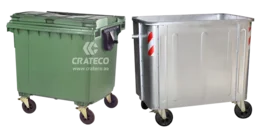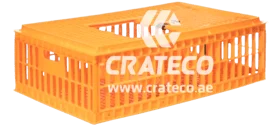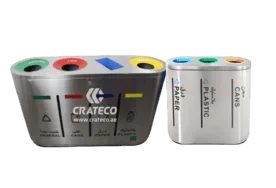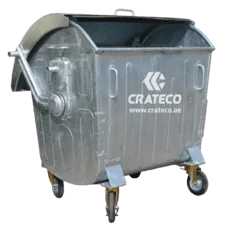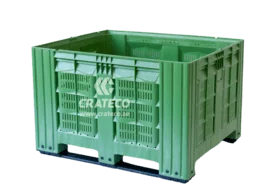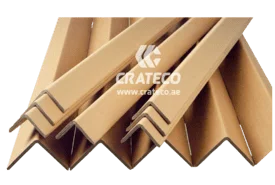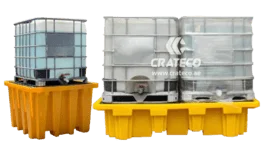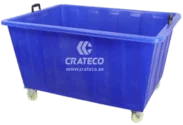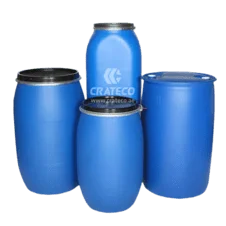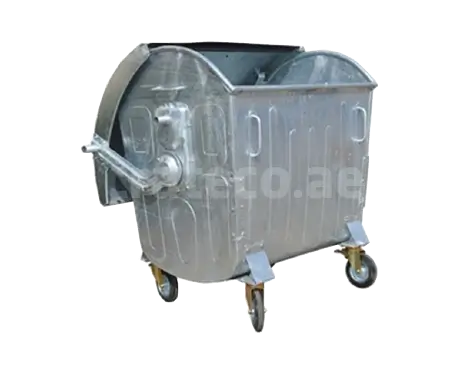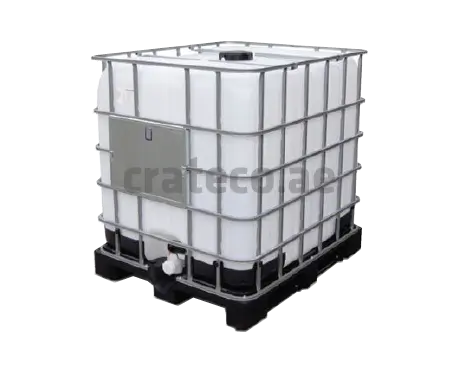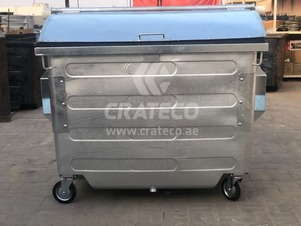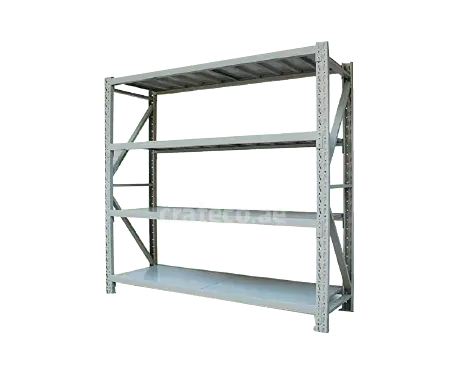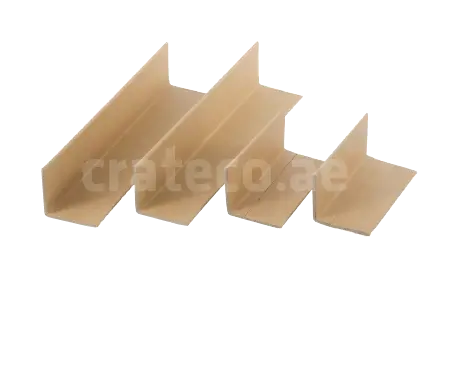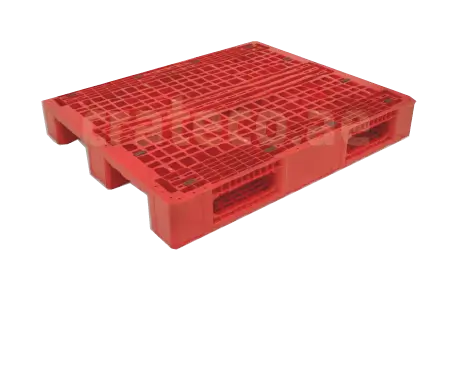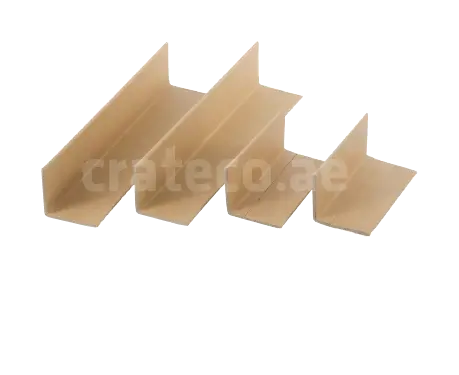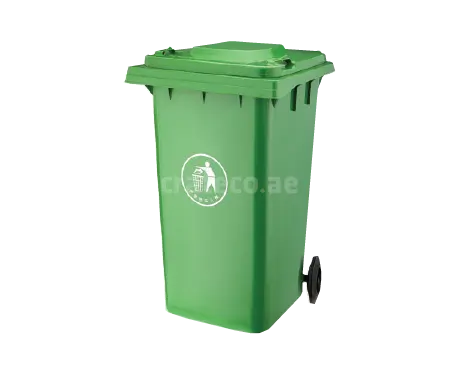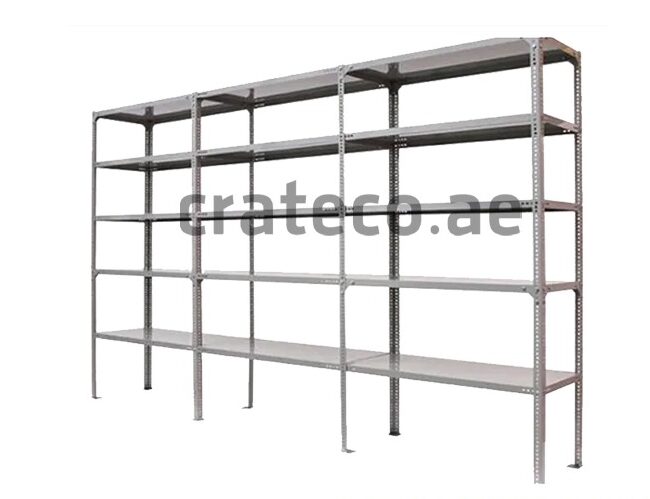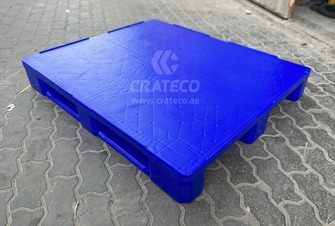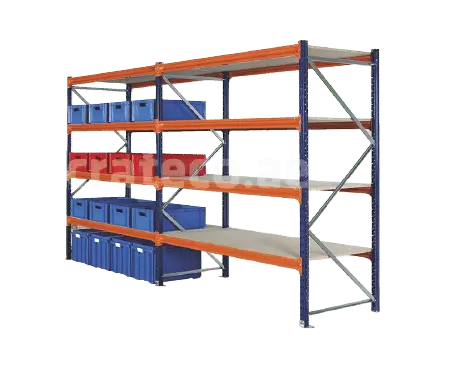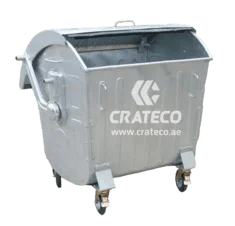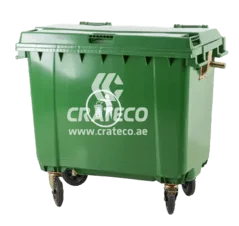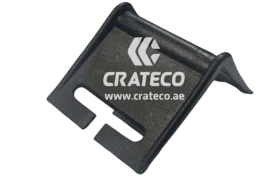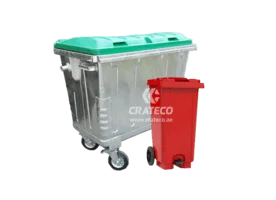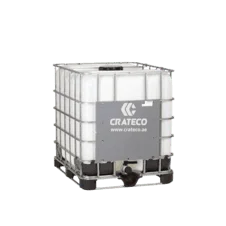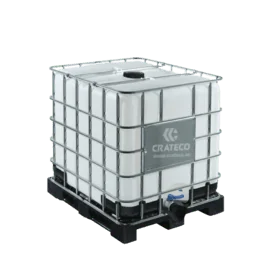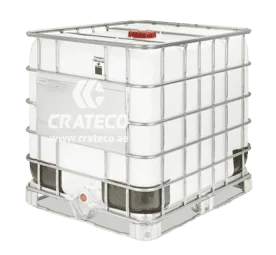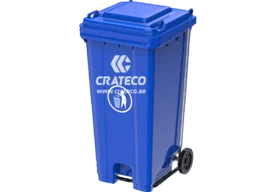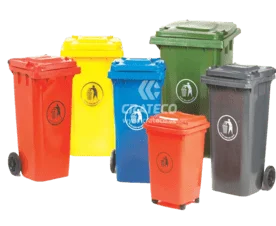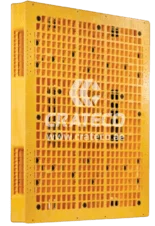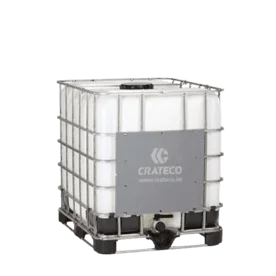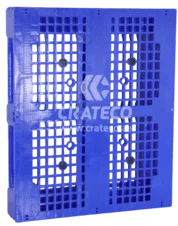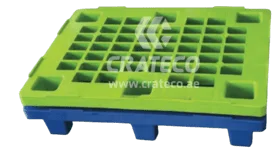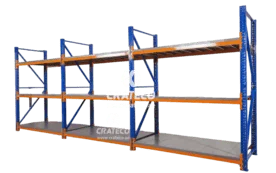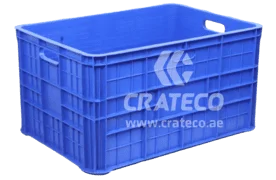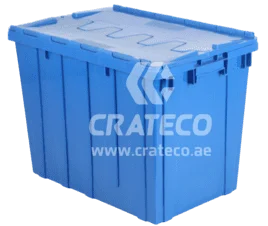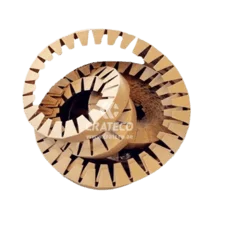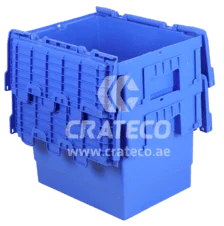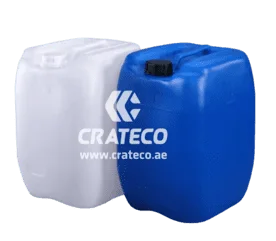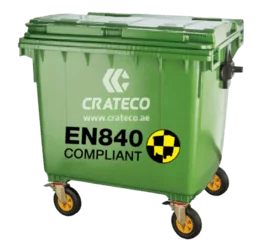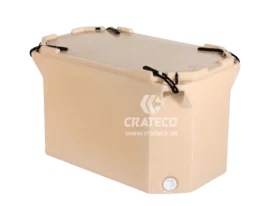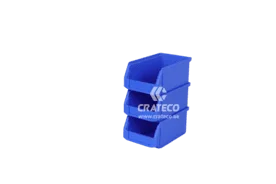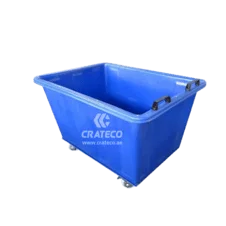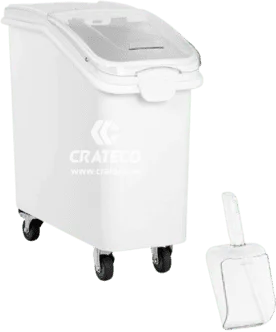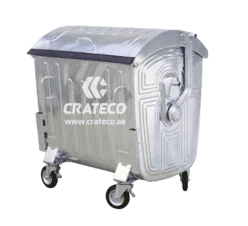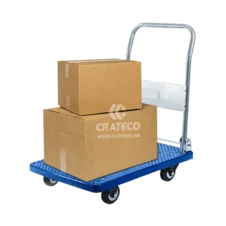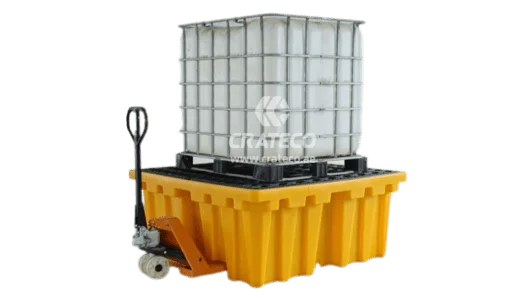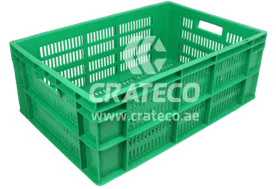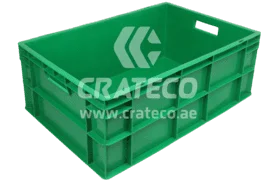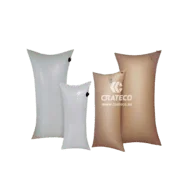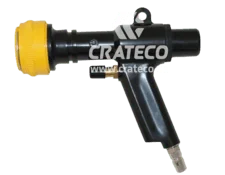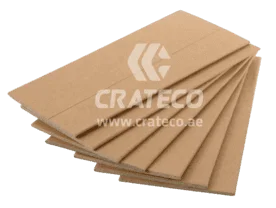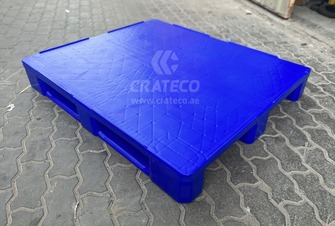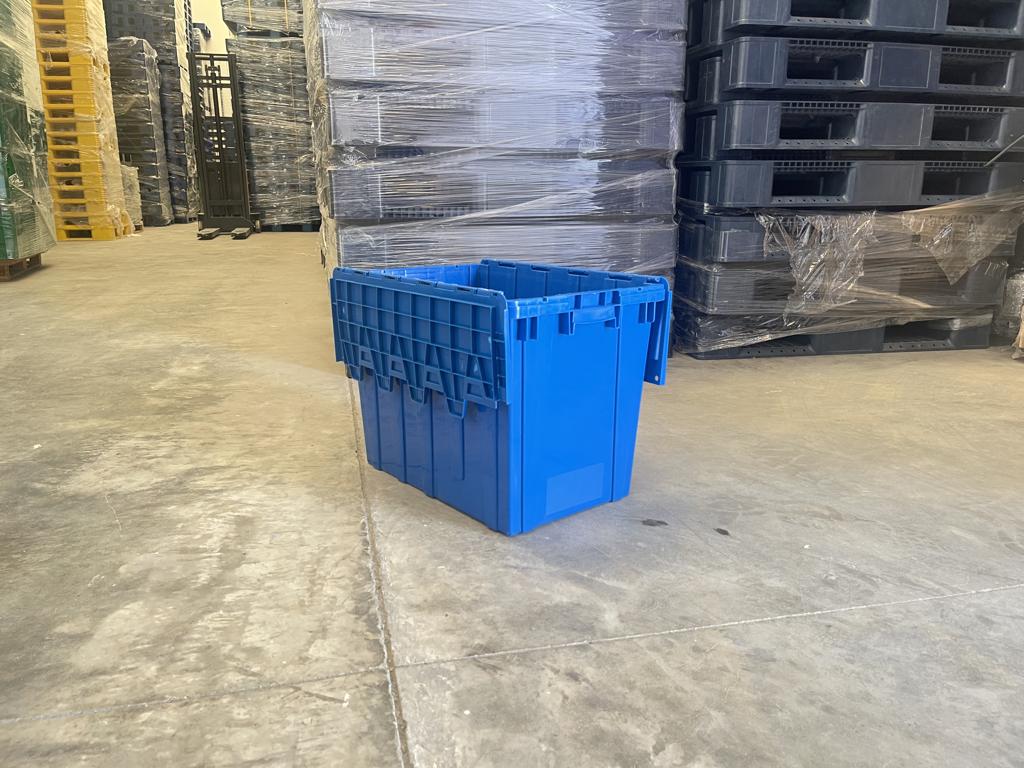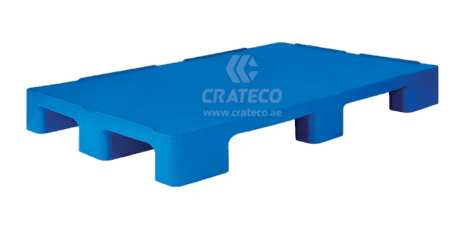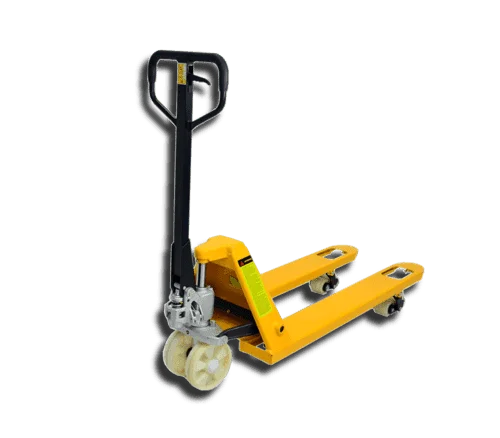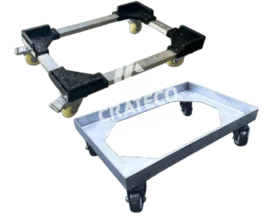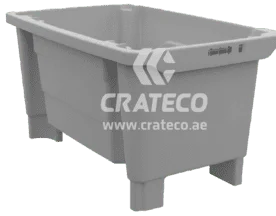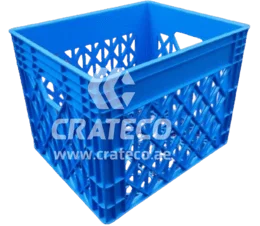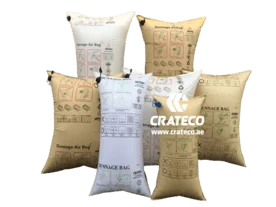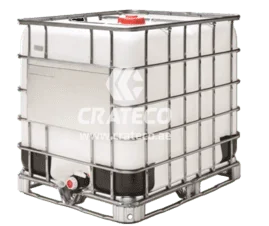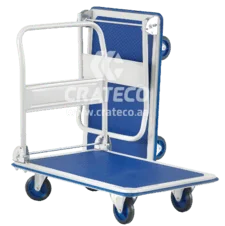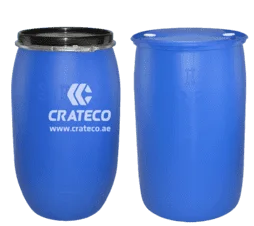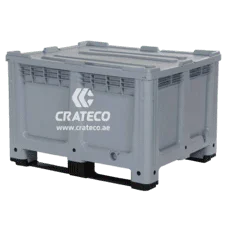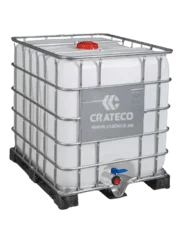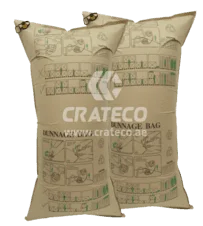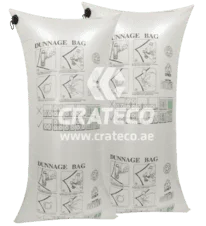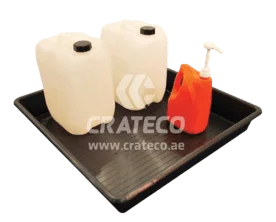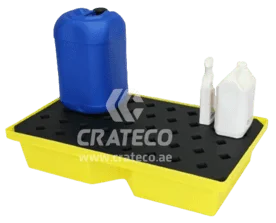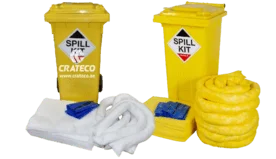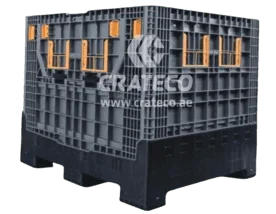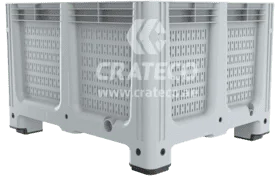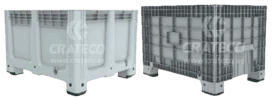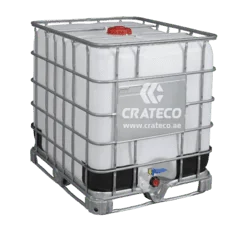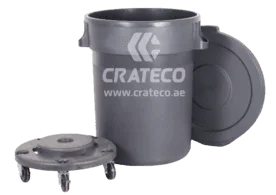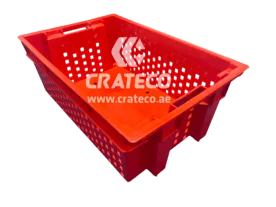
Things can get pretty messy sometimes. This is true in places like workshops, garages, or factories where people work with liquids all the time. Spills are just part of the job. But what do you do when you spill oil, chemicals, or other dangerous stuff? That's where spill pallets come in handy. They play a big part in keeping your workplace safe and not harming the environment.
What's a Spill Pallet?
Picture a tough tray made just to hold drums, containers, or tanks. That's basically what a spill pallet is. But it's not just a simple platform. Spill pallets have a built-in catch basin, a low area under the grate that traps any leaks or spills. This stops dangerous stuff from spreading all over the floor, which could lead to accidents, mess up the environment, or cost a lot to clean up.
Why Use Spill Pallets?
There are a bunch of good reasons to add spill pallets to your workplace safety plan:
Safety First: Spills make floors slippery, which can cause people to slip and fall. Spill pallets keep leaks in check, so they don't turn into dangers.
Environmental Protection: Dangerous spills can soak into the ground or get into drains hurting the environment. Spill pallets work like a wall to keep spills in one place so you can get rid of them .
Compliance: A lot of rules from groups like OSHA (Occupational Safety and Health Administration) say you have to have ways to contain spills of dangerous stuff. Spill pallets can help you follow these rules and avoid big fines.
Peace of Mind: When you know you have spill pallets set up, it helps you relax when you're dealing with liquids that could be risky.
Picking a Good Spill Pallet
Spill pallets can be pretty different from each other. When you're trying to find the right one, think about these important things:
Material Compatibility: Check if the pallet material works well with the liquids you want to store. For instance, you might need a high-density polyethylene (HDPE) pallet to better resist some chemicals.
Weight Capacity: Think about how heavy the containers you'll store are. Different spill pallets have different weight limits so pick one that can hold your stuff.
Number of Drums: Choose a pallet size that fits the number of drums you plan to keep.
Grate Style: Spill pallets can have solid, mesh, or slatted grates. When deciding, think about things like whether you need air flow and how easy it is to clean.
Quick Tip: You can put lids on spill pallets to help stop spills and keep stuff clean.
Taking Care of Your Spill Pallets
To keep your spill pallets working well, you need to look after them. Here's what you should do:
Check pallets often to see if they have cracks, look worn out, or are rusty.
Clean spills right away so gunk doesn't build up and eat away at the pallet.
Get rid of any liquid you collect the right way, following the rules.
Put in new pallets if old ones break to stay safe.
When you use spill pallets and take care of them , you're doing more than just making your workplace safer. You're also showing that you care about the environment. So, the next time you're getting a workshop or factory ready, don't forget – spill pallets are like quiet protectors. They give you a strong defense against spills and help keep your surroundings safe. These pallets aren't just useful; they're essential to stop accidents and protect the area around you. Remember, it's not just about following rules – it's about doing the right thing for your workers and the world around us.
SPILL PALLET 4 X 205 L (1300 X 1300 X 300 (LWH) MM)
SPILL PALLET 2 DRUM (1300 X 690 X 300 (LWH) MM)
SPILL PALLET 4 DRUM (1260 X 1260 X 150(LWH) MM)
SPILL PALLET 2 DRUM LOW SUMP (1300 X 690 X 150 (LWH) MM)
SPILL PALLET 1 DRUM (675 X 675 X 150 (LWH) MM)
SINGLE IBC SPILL PALLET (1350 X 1350 X 900 (LWH) MM)
DOUBLE IBC SPILL PALLET (2200 X 1300 X 500 (LWH) MM)
CAN TRAY 20 LITRES (595 X 395 X 170 (LWH) MM)
COVERED SPILL PALLET (4 DRUM)
